Unlike the Pixel 6, Google’s Pixel 6 Pro features a zoom camera – a 4x periscope lens. These aren’t new – Huawei introduced the tech in 2019 with the Huawei P30 Pro, and several manufacturers adopted it later. Again Huawei, in 2020, introduced the first 10x periscope zoom camera for 10x optical zoom on the P40 Pro+, which made its way onto Samsung’s Galaxy S21 Ultra this year.Now, thanks to Huawei (again), we also have a 3.5x periscope zoom camera – this one’s found in the P50 Pro. Similar to Google’s 4x zoom lens, Huawei’s one might seem rather unusual because, at first, it appears to be a step back from other, 5-10x lenses, but what if I told you it isn’t?
Before we dive in, let’s just imagine the numbers are all we have to care about and rank a few flagships by their “zooming” camera hardware:
- Galaxy S21 Ultra / Huawei Mate 40 Pro+ (10x periscope zoom lens + another 3x zoom lens)
- Xiaomi Mi 11 Ultra, Vivo X70 Pro+, Huawei P30 Pro and many more (5x periscope zoom lens)
- Google Pixel 6 Pro (4x periscope zoom lens)
- Huawei P50 Pro (3.5x periscope zoom lens)
- iPhone 13 Pro and iPhone 13 Pro Max (a traditional 3x zoom lens)
Good. However! As you might have guessed, just like megapixels, more might not always equal better when it comes to zoom. Why? Short answer – computational photography. Long answer – keep reading!
Google’s Super Res Zoom on Pixel 6 will dominate the iPhone 13’s digital zoom
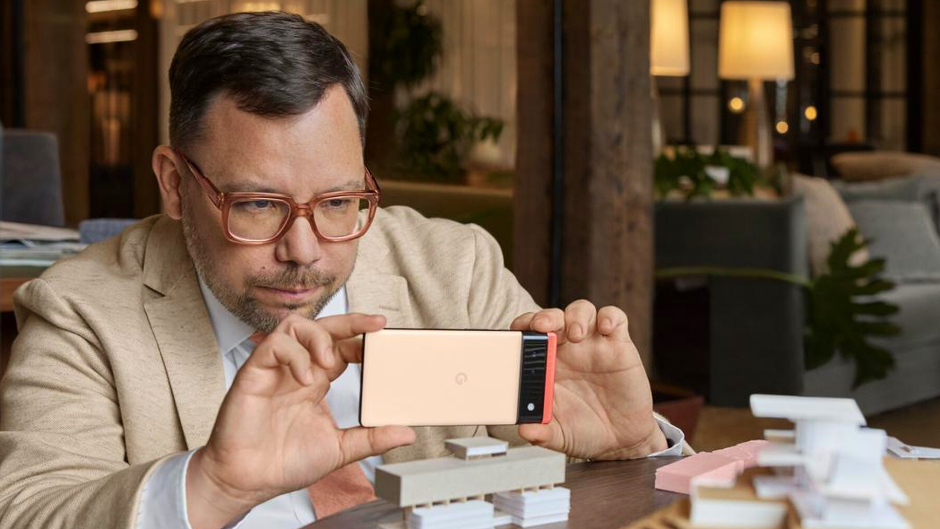
Google appeared to be giving up on zoom lenses with the Pixel 5, which went for an ultra-wide-angle camera, but as you might know, with Google, hardware isn’t everything.
Super Res Zoom makes use of multi-frame capture to extract extra detail from photos. In practice, the phone applies a digital crop, as any other phone would. However, thanks to the clever algorithm, the photos are able to preserve more detail when compared to an equivalent zoomed photo from another smartphone.
Let’s take a look at a few samples pitting the iPhone 13 (not the 13 Pro) and Pixel 5A against each other. Remember, neither of these two has any optical zoom, so the magnification is digital. This way, we can assess Google’s Super Res Zoom in its purest form.
Huawei P50 Pro’s 3.5x zoom camera can take better photos than Samsung’s 10x zoom camera
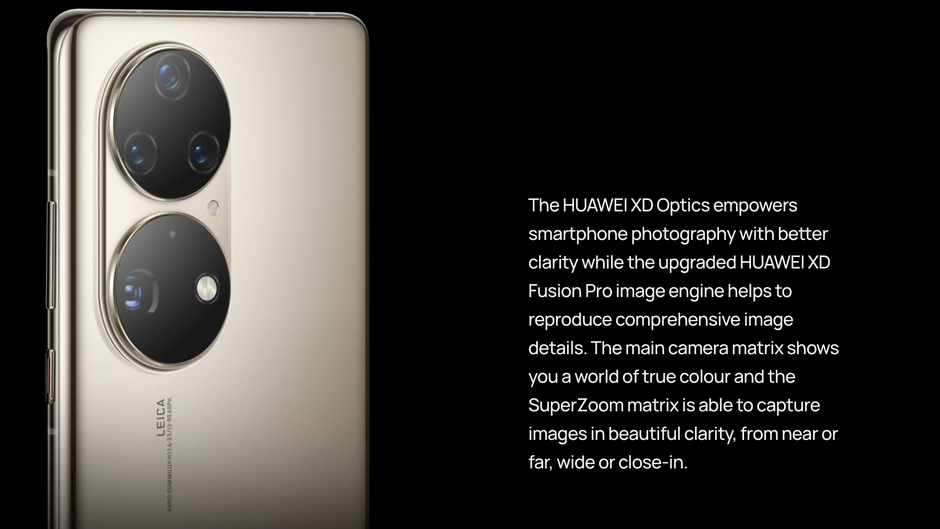
Now, let’s leave Google and Apple’s non-telephoto smartphones aside for a moment to take a look at the camera war in Asia. As we established in the beginning, Huawei and Samsung currently have very different approaches to zoom. Samsung is pretty much copying Huawei’s old homework, while the Chinese tech giant is embracing the Google-ish approach to zoom photography, except it relies on hardware too.
So, to get to the point – if you thought all 10x zoom photos from the Galaxy S21 Ultra would be better than 10x zoom photos from the Huawei P50 Pro, you might be in for a surprise! Let’s take a look at some samples…
Galaxy S21 Ultra:
- 10 MP
- f/4.9, 240mm
- 1/3.24
- PDAF
- OIS
- 10x optical zoom
Huawei P50 Pro:
- 64 MP – much higher resolution and room for cropping
- f/3.5, 90mm – wide aperture that gathers more light
- PDAF
- OIS
- 3.5x optical zoom
The second factor coming into play is what Huawei calls “True-Form Dual-Matrix Camera”, and “SuperZoom matrix”. Marketing slang aside, apparently, the Huawei P50 Pro can combine data from the ultra-wide-angle lens and the primary lens to aid long-range zoom photos taken with the 3.5x periscope camera. Whatever the exact magic is, combined with Huawei’s high-res 64MP telephoto camera and much wider aperture compared to the Galaxy S21 Ultra, it’s working remarkably well.
In fact, you can see how a blurry photo turns into a perfectly usable one in real-time (in the gallery), as the camera processing appears after you’ve snapped the photo. It truly does look like magic. Take a look at the video above.
Google Pixel 6 Pro: A better zoom camera than the Galaxy S21 Ultra and iPhone 13 Pro?
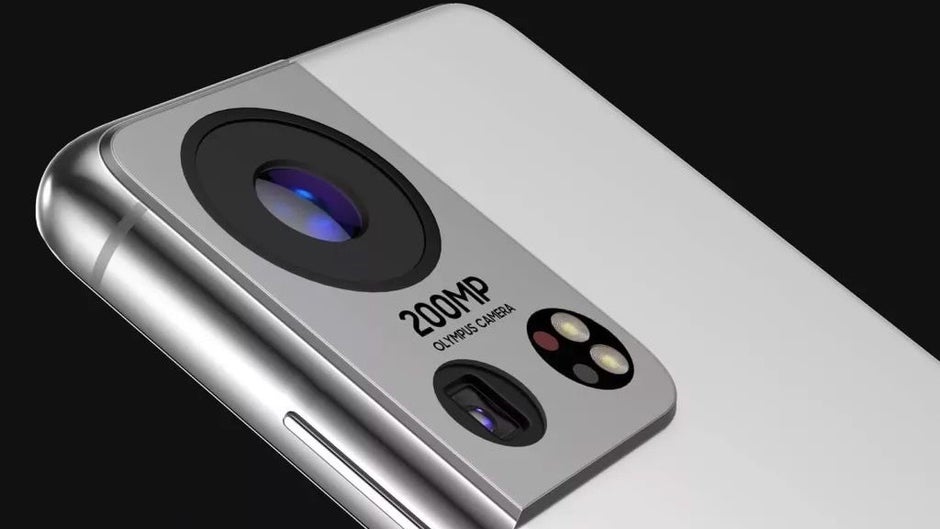
Huawei’s clever computational trickery is why I see a strong resemblance between Huawei and Google’s way of handling zoom. And of course, that brings us to the main dish, which everyone is interested in – the Pixel 6 Pro.
Google’s 2021 flagship device brings a 4x periscope zoom lens at 48MP. Without a doubt, the Pixel’s winder f/3.5 aperture will capture more light than the Galaxy S21 Ultra’s. Paired with Google’s improved Super Res Zoom algorithm, and perhaps overall more advanced software processing than before, we think the Pixel 6 Pro has a good shot at not only taking better zoomed-in photos than any 5x zoom camera but also match or surpass what the Galaxy S21 Ultra can do with its 10x lens.
To summarize, we’ve already seen how the Huawei P50 Pro can dominate the S21 Ultra in certain scenarios and how the Pixel 5A snaps better zoom photos than the iPhone 13, and that’s a great hint of how the Pixel 6 Pro might become the best smartphone for zoom in 2021, and why not in 2022! It’s software and hardware coming together for Google!
Why doesn’t the Pixel 6 Pro have a 10x zoom camera: Spoiler – it might not need one…
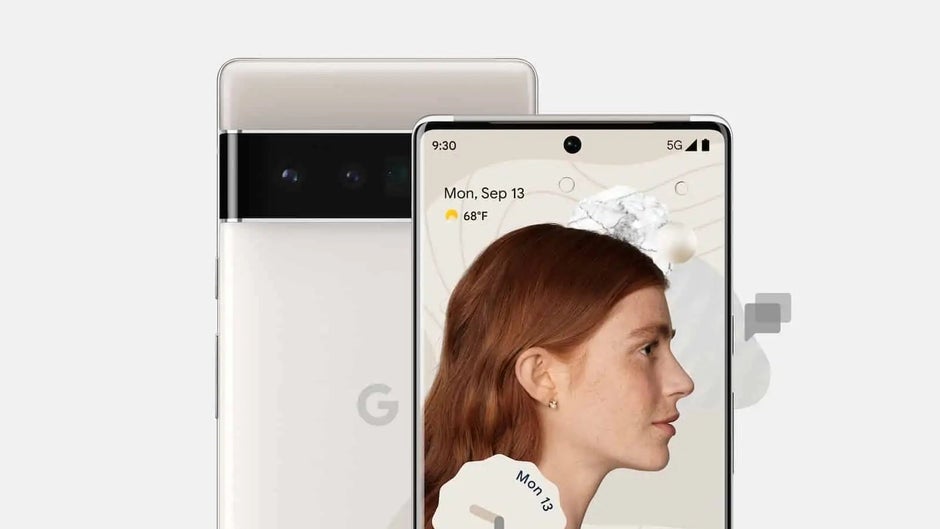
Speaking of the Pixel 6 Pro, in case Google’s choice to include only one zoom camera, fixed at 4x magnification, seems strange, it might actually be exactly the zoom sweet spot we’ve been waiting for!
Since the Pixel 6 Pro will be able to make use of the magic of Super Res Zoom for photos up to 4x and then engage its telephoto camera for anything up to 20x, the zoom range and quality from Google’s flagship might turn out to be arguably better than other camera systems with multiple zoom cameras.
Let me explain…
Not having to switch lenses while zooming has its advantages, such as better color preservation across the zoom range and more consistent exposure and HDR. Having dedicated 3x and 10x zoom cameras, like on the Galaxy S21 Ultra, definitely isn’t a wrong approach.
Furthermore, Google’s Pixel 6 Pro might get another advantage (although this will depend on your taste), and that’s when it comes to portrait mode at 2-3x magnification, thanks to Super Res Zoom.
What’s next for smartphone zoom: Continuous?
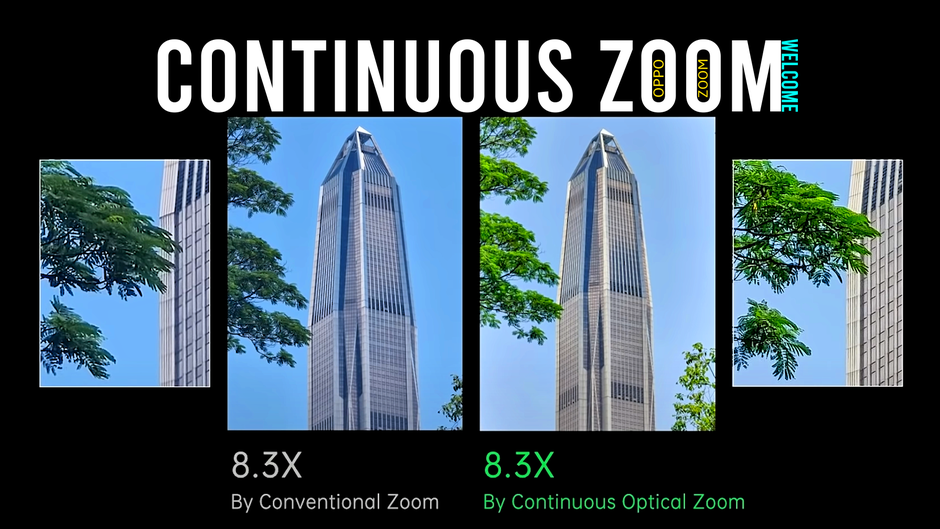
Oppo’s continuous zoom concept.
The Google Pixel 6 Pro is out now, alongside the Pixel 6, which doesn’t have a dedicated zoom lens, but will feature the magical Super Res Zoom! So if you love to get close, the Pixel 6 Pro is the one to go for, but you probably shouldn’t write the smaller Pixel off just yet – it might be all you need.
But until then – the Pixel 6 Pro might be the new zooming king, despite bringing “just” 4x optical zoom. So, if you thought this might hold it back from competing with the likes of the S21 Ultra, now you know – it probably won’t.
Stay tuned for our full review and comparison with the Galaxy S21 Ultra and iPhone 13 Pro!


